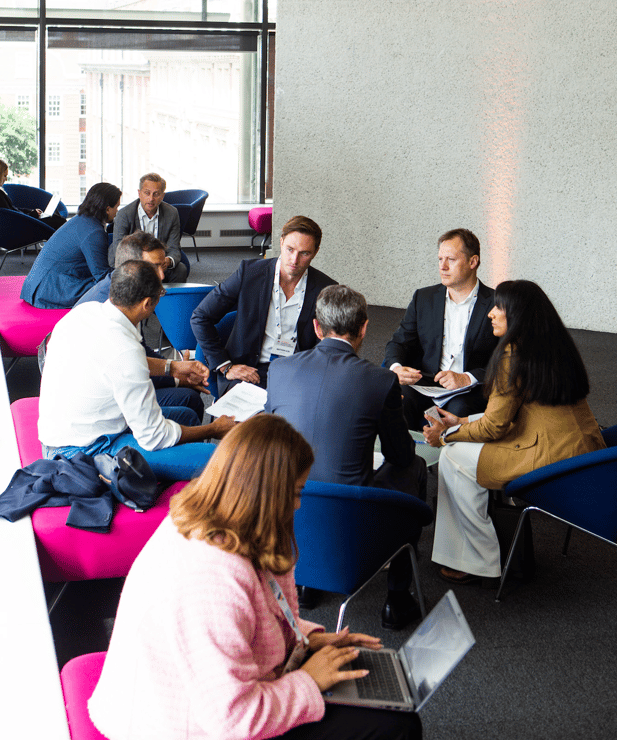One of the greatest benefits of live events? The irreplaceable connections, networking opportunities, and insights that arise when you gather a bunch of eager minds in the same room. But whether it’s a large conference or even a smaller corporate gathering, those magical moments don’t typically happen by accident. That’s where breakout sessions come into play.

If you think about it, breakout sessions—whether they’re focused on networking, knowledge-sharing, or working towards a specific task—may actually be your event’s only structured time for attendees to have face-to-face conversations. Use it wisely! Here are SEQ’s tips for facilitating effective breakout rooms that leave attendees feeling involved, invested, and inspired.
- Understand your attendees and their goals.
The first step to creating successful breakout rooms is a basic one: Understand your audience! Are they here primarily for education, networking, or both? Are they industry experts seeking advanced insights, or newcomers looking for fundamental knowledge? Begin structuring your breakout sessions to ensure they’ll add value to the overall event goals. A tip? Pre-event surveys are your crystal ball—they’ll reveal your attendees' desires and help you tailor the experience accordingly. - Decide if groups should be randomized or preselected.
How will attendees join breakout rooms? That can depend on your goals and conference format. For workshop-like or theme-specific breakouts, consider letting attendees register in advance to secure a spot (but make sure to have a mix of drop-in options for people who didn’t get a chance). If the sessions are more audience-wide, think through whether to assign groups—ensuring a mix of people and ideas—or to randomize them. - Keep it small.
Picture trying to have a deep brainstorming session during a crowded conference happy hour. Not ideal, right? The same goes for breakouts. Keep those groups small and intimate. With too many people, it’s all-too-easy for attendees to talk over each other or go off on tangents, and for quieter attendees to get lost in the shuffle.
- Choose seating that can maximize connections.
If you’re planning a formal breakout session, give the seating arrangement some thought. Opt for serene spots with minimal distractions, and consider layouts that foster interaction—think circular, square, or U-shaped setups. Or, don’t be afraid to get quirky with bean bags and other funky seating options or formats to spark creativity and collaboration. - Have some structure and planned moments of engagement.
Engagement is the heartbeat of successful breakout sessions. Don’t just let attendees talk about whatever they want when they’re divided into small groups! Encourage interaction by incorporating activities, structured discussions, and group exercises. Even in a networking-focused session, having designated topics, questions, or tasks can keep the conversations on track and ensure everyone has a chance to speak. After all, the more engaged attendees are with the topic and with each other, the more memorable and useful their overall event experience will be. - Consider having a designated leader or moderator.
One key way to keep things structured? Having a moderator for each breakout session, when appropriate. A skilled moderator can guide conversations, keep time in check, and encourage even the shyest attendees to participate. If a formal moderator doesn’t feel like the right fit, designating at least one leader who can watch the clock and announce the session's goals or questions is typically a good idea. - Allow small groups to share their learnings.
Breakout sessions can be a treasure trove of insights—and those takeaways shouldn’t be contained to just a small group! Depending on the type of event, consider ways to give the wider audience a glimpse into what was discussed, whether it’s through quick presentations from a group spokesperson, a whiteboard brainstorming session, or something else.
The bottom line: Breakout rooms at events and conferences offer attendees a chance to delve deeper into their areas of interest, connect with peers, and expand their knowledge. When done right, breakouts can be the highlight of the event, fostering engagement, learning, and meaningful connections.
Want some help getting the most out of the breakout rooms at your next conference? Let’s connect.